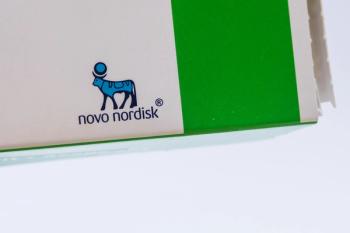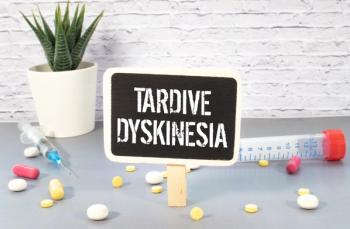
Zolgensma Helpful for Bulbar Function Achievement
All children included in the analysis with presymptomatic SMA achieved swallowing, oral nutrition, and airway protection outcomes.
All children with presymptomaticspinal muscular atrophy (SMA) treated with onasemnogene abeparvovec (Zolgensma; Novartis) in the phase 3 SPR1NT study (NCT03505099) achieved bulbar function and motor milestones consistent with typical development, according to a new post-hoc analysis.
The new data were presented at the2023 Muscular Dystrophy Association (MDA) Clinical & Scientific Conference1, March 19-22, in Dallas, Texas, by Katlyn E. McGratton, PhD, assistant professor, University of Minnesota.
“These post-hoc analyses indicated that children with presymptomatic SMA treated with onasemnogene abeparvovec met all components of the composite endpoint representing the successful rescue of bulbar function, which included no evidence of swallowing impairment, achievement of full oral nutrition, and no evidence of aspiration or aspiration pneumonia,” McGratton and colleagues wrote in their poster.
The investigators chose the endpoints of swallowing, nutrition intake, and airway protection to represent key components of bulbar function and assessed these items individually and together in the analysis. Swallowing was assessed by clinical examination at screening, every 6 months, and at the end of the study; nutrition intake was assessed by parent report or provider observation at the end of the study; and airway protection was assessed by the incidence of adverse events relating to aspiration or aspiration pneumonia.
In the 29 children included in the analysis, 14 had 2 SMN2 copies and 15 had 3. The 2-copy cohort had a mean age of 7.2 days (standard deviation [SD], 4.8; median, 8.0; range, 1-14) at SMA diagnosis and the 3-copy cohort had a mean age of 9.9 days (SD, 7.69; median, 8.0; range, 2-26). At Zolgensma administration, the 2-copy cohort had a mean age of 20.6 days (SD, 7.9; median, 21.0; range, 8-24) and the 3-copy cohort had a mean age of 28.7 days (SD, 11.68; median, 32.0; range, 9-43).
The post-hoc analyses found that 100% of treated children with presymptomatic SMA achieved bulbar function defined compositely and in individual endpoints of oral nutrition, swallowing, and airway protection. In comparison, a prior analysisof the phase 1 START (NCT02122952) and phase 3 STR1VE-US (NCT03306277) and STR1VE-EU (NCT03461289) studies found that 75% of treated patients with symptomatic SMA achieved the composite endpoint of bulbar function and no individual outcome was reached by all patients. All children from the SPR1NT study are being enrolled in a long-term extension study to further evaluate the durability of Zolgensma treatment on motor and bulbar function outcomes.
“Early intervention with onasemnogeneabeparvovec during the presymptomatic phase, along with interdisciplinary management, allows achievement of motor gains and somatic growth, as well as preservation and stabilization of bulbar function for presymptomatic patients with SMA,” McGratton and colleagues concluded.
Reference
1. McGratton KE, Shell RD, Hurst-Davis R, et al. Bulbar function in children with two or three SMN2 copies who received onasemnogene abeparvovec presymptomatically for spinal muscular atrophy. Presented at: 2023 MDA Conference, March 19-22; Dallas, Texas.
Newsletter
Pharmacy practice is always changing. Stay ahead of the curve with the Drug Topics newsletter and get the latest drug information, industry trends, and patient care tips.












































































































































